Elevate Your Brand with Apppl Combine: The Ultimate Video Production Agency
Apppl Combine is a top video production agency, crafting high-quality, creative videos to elevate your brand.
2024-04-26
Ad Agency, Advertising Agency
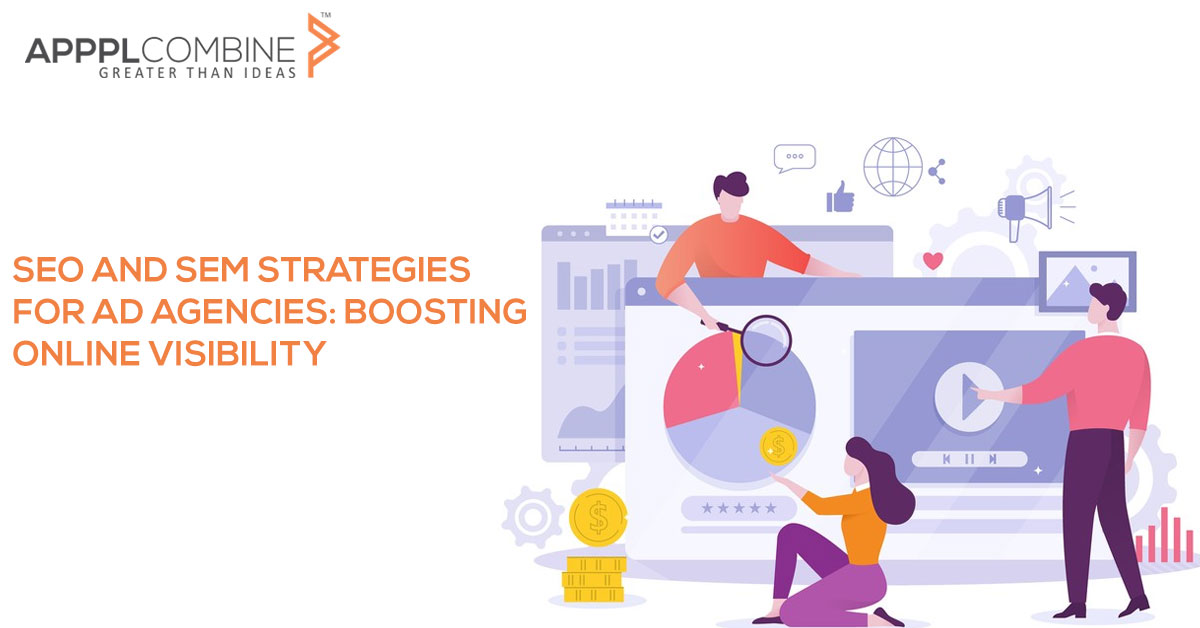
Explore how SEO and SEM strategies enhance the online visibility of digital ad agencies, ensuring they stand out in the competitive digital landscape.
In the dynamic world of digital advertising, where the online landscape continually evolves, the significance of SEO (Search Engine Optimization) and SEM (Search Engine Marketing) cannot be overstated. These two pillars play a pivotal role in enhancing the online visibility of ad agencies, ensuring they are not only seen but also stand out in the competitive digital arena.
Understanding SEO and Its Importance
SEO:
Search Engine Optimisation is a comprehensive set of strategies and techniques aimed at optimizing a website's visibility on search engines like Google. It involves various elements, including keyword optimization, content quality, website structure, and backlinking. The ultimate goal is to improve a website's organic (non-paid) search engine rankings, leading to increased visibility and traffic.
Importance of SEO for Digital Ad Agencies:
1. Enhanced Visibility: SEO ensures that when potential clients search for digital ad agencies, the agency's website appears prominently in search results. This visibility is critical for attracting organic traffic and establishing an online presence.
2. Credibility and Trust: Websites ranking high in search results are often perceived as more trustworthy and credible. Effective SEO not only brings an agency to the forefront but also contributes to building trust among users seeking advertising services.
3. Targeted Traffic: By optimizing for relevant keywords, SEO helps attract users actively searching for advertising solutions. This targeted traffic increases the likelihood of converting visitors into potential clients, enhancing the overall effectiveness of the agency's online presence.
Understanding SEM and Its Importance
SEM:
Search Engine Marketing involves paid strategies to increase a website's visibility on search engine results pages (SERPs). This primarily includes paid advertising such as Google Ads, where advertisers bid on keywords to display their ads prominently when users search for those terms.
Importance of SEM for Digital Ad Agencies:
1. Instant Visibility: Unlike SEO, which takes time to build organic rankings, SEM offers instant visibility. Ad agencies can appear at the top of search results immediately after launching a well-optimized SEM campaign, ensuring a quick and targeted reach.
2. Controlled Budget and ROI: SEM allows agencies to set a specific budget for their advertising campaigns. With a pay-per-click (PPC) model, advertisers only pay when users click on their ads. This cost-effective approach provides control over spending and allows for a measurable return on investment (ROI).
3. Precise Targeting: SEM platforms provide advanced targeting options, allowing agencies to reach specific demographics, locations, or user segments. This precision ensures that ads are displayed to the most relevant audience, increasing the likelihood of conversions.
Crafting Effective SEO Strategies for Digital Ad Agencies and Online marketing agencies
1. Keyword Optimization: Identify and target relevant keywords related to digital advertising.
2. Quality Content Creation: Develop high-quality, engaging content that showcases the agency's expertise, services, and industry insights. Regularly update the website with fresh content to signal relevance to search engines.
3. User-Friendly Website Design: Ensure a responsive and user-friendly website design. A well-structured site with intuitive navigation enhances user experience, contributing to improved SEO performance.
4. Backlink Building: Cultivate high-quality backlinks from reputable sources within the advertising industry. Quality backlinks signal authority to search engines, positively impacting rankings.
5. Local SEO Optimization: For agencies targeting local clients, optimize for local search by creating a Google My Business profile, acquiring local reviews, and including location-specific keywords.
Implementing Strategic SEM Campaigns for Digital Ad Agencies
1. Keyword Research and Selection: Conduct thorough keyword research to identify relevant terms for targeting in SEM campaigns. Select a mix of branded and industry-specific keywords.
2. Compelling Ad Copy: Craft compelling and relevant ad copy that highlights the agency's unique selling points. A well-written ad copy increases the chances of user engagement and click-throughs.
3. Landing Page Optimization: Ensure that the landing pages linked to SEM ads are optimized for conversions. A clear call-to-action, relevant content, and a user-friendly layout contribute to a positive user experience.
4. Ad Testing and Optimization: Continuously test different ad variations to identify the most effective messaging, visuals, and calls to action. Regularly optimize campaigns based on performance data to maximize ROI.
5. Utilizing Ad Extensions: Take advantage of ad extensions provided by platforms like Google Ads. Extensions can include additional information such as site links, contact information, and location details, enhancing the ad's visibility and relevance.
Measuring Success and Continuous Improvement
To gauge the success of SEO and SEM efforts, ad agencies must utilize analytics tools. Monitoring key metrics such as organic traffic, keyword rankings, click-through rates, and conversion rates provides valuable insights. Regular performance assessments allow agencies to identify areas for improvement and refine their strategies for ongoing success.
In conclusion, as digital advertising landscapes continue to evolve at a rapid pace, the symbiotic integration of SEO and SEM emerges as a cornerstone for the success of digital ad agencies. The importance of these strategies lies not only in achieving visibility but in navigating the nuanced dynamics of the online realm. SEO, with its organic approach, facilitates a gradual yet enduring ascent in search engine rankings, fostering credibility, trust, and targeted traffic for ad agencies. The meticulous optimization of keywords, creation of high-quality content, and user-friendly website designs collectively contribute to an authoritative online presence that resonates with both search engines and potential clients.
Simultaneously, SEM injects immediacy and precision into the equation, ensuring ad agencies can swiftly capture attention in the competitive digital landscape. The pay-per-click model, central to SEM, allows agencies to maintain a controlled budget while reaping the benefits of instant visibility. With SEM, agencies can strategically position themselves at the forefront of search results, targeting specific demographics, locations, or user segments with unprecedented accuracy. This level of targeted exposure, combined with compelling ad copy and effective landing page optimization, provides ad agencies with a dynamic toolset to convert user engagement into tangible business outcomes.
Crafting effective SEO and SEM strategies involves not only understanding the intricacies of search engine algorithms but also staying attuned to the specific needs and behaviors of the target audience. Keyword optimization, content creation, and website design must align seamlessly with the agency's brand identity, showcasing expertise, innovation, and relevance in the ever-evolving digital advertising landscape. It is a continuous process that demands adaptability, analytics-driven insights, and a commitment to improvement.
As agencies delve into the implementation of these strategies, the metrics provided by analytics tools become essential compasses guiding the way. Monitoring organic traffic, keyword rankings, click-through rates, and conversion rates offers agencies real-time insights into the effectiveness of their efforts. Regular evaluations not only enable agencies to measure success but also empower them to refine their strategies, adapting to changes in search engine algorithms, emerging industry trends, and the evolving needs of their target audience.
In essence, the synergy between SEO and SEM transforms the digital advertising landscape from a challenging frontier into a realm of opportunity. Digital ad agencies that embrace these strategies not only secure their visibility amidst the vast online expanse but also unlock the potential for sustained growth and client acquisition. The journey involves more than just climbing search engine rankings; it is about creating a digital footprint that resonates with authenticity, relevance, and innovation.
In the ever-expanding world of digital advertising, where every click and impression matters, the strategic fusion of SEO and SEM propels ad agencies beyond mere visibility – it establishes a compelling and influential presence that captivates audiences, converts prospects into clients, and positions the agency as a leader in the competitive digital landscape. The roadmap to success lies in the artful balance of organic growth and targeted immediacy, where agencies not only navigate the digital frontier but also shape it with their unique identity, expertise, and commitment to delivering exceptional results.

Apppl Combine is a top video production agency, crafting high-quality, creative videos to elevate your brand.
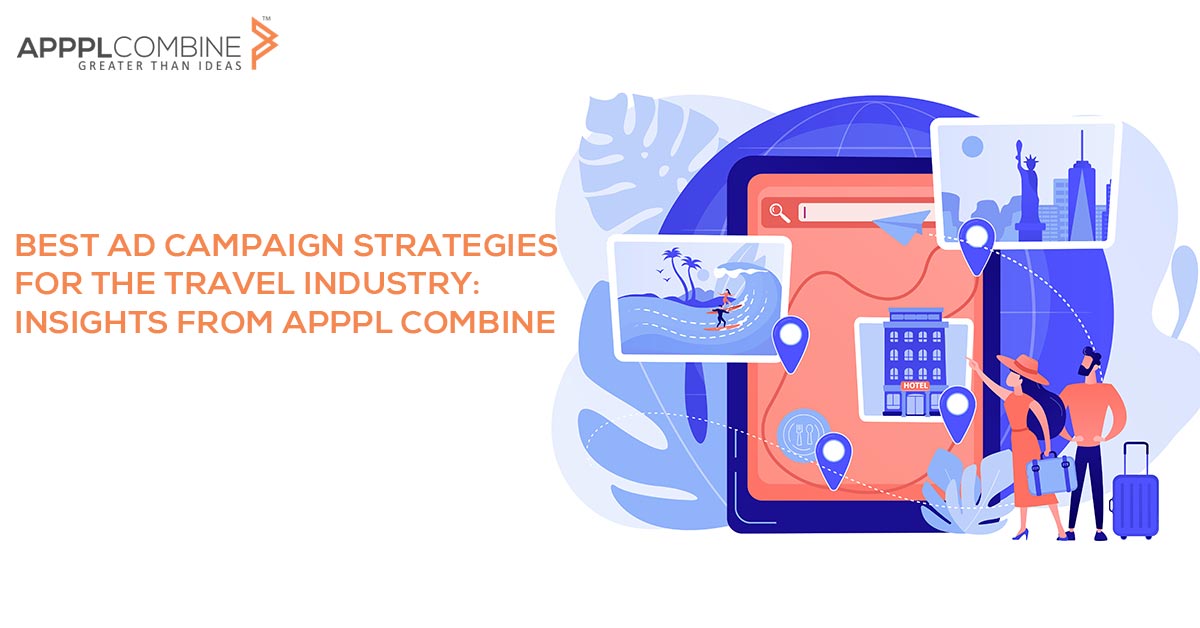
Discover effective ad campaign strategies for the travel industry with insights from Apppl Combine.

Apppl Combine: Top ad agency in Delhi-NCR, crafting impactful campaigns for the education sector

Apppl Combine is the premier choice for brand management in the hospitality sector. Discover their strategies for enhancing guest experiences, building reputation, and driving business growth.

Apppl Combine, a top ad agency in Delhi NCR, specializes in consumer goods advertising, using data-driven strategies, multi-channel campaigns, and creative excellence to achieve success.

Apppl Combine: Full-service agency offering strategy, creative, marketing & tech for business growth.

Discover how Apppl Combine, Delhi's top creative agency, revolutionizes entertainment with innovative content, strategic partnerships & data-driven campaigns for impactful and personalized experiences

Discover how Apppl Combine, the top ad agency in Delhi NCR, helps sports brands thrive with unique strategies in branding, influencer partnerships, engaging content, and fan loyalty.

Discover how Apppl Combine is redefining marketing as a creative marketing agency. Learn about our blend of creativity, strategy, and technology to create impactful campaigns for modern businesses.

Kajaria Eternity and Apppl Combine redefined leadership in the GVT tile market through innovative campaigns and strategic branding.

The Kerovit ad campaign’s journey with Apppl Combine demonstrates the importance of a clear and consistent brand strategy, particularly in competitive markets.
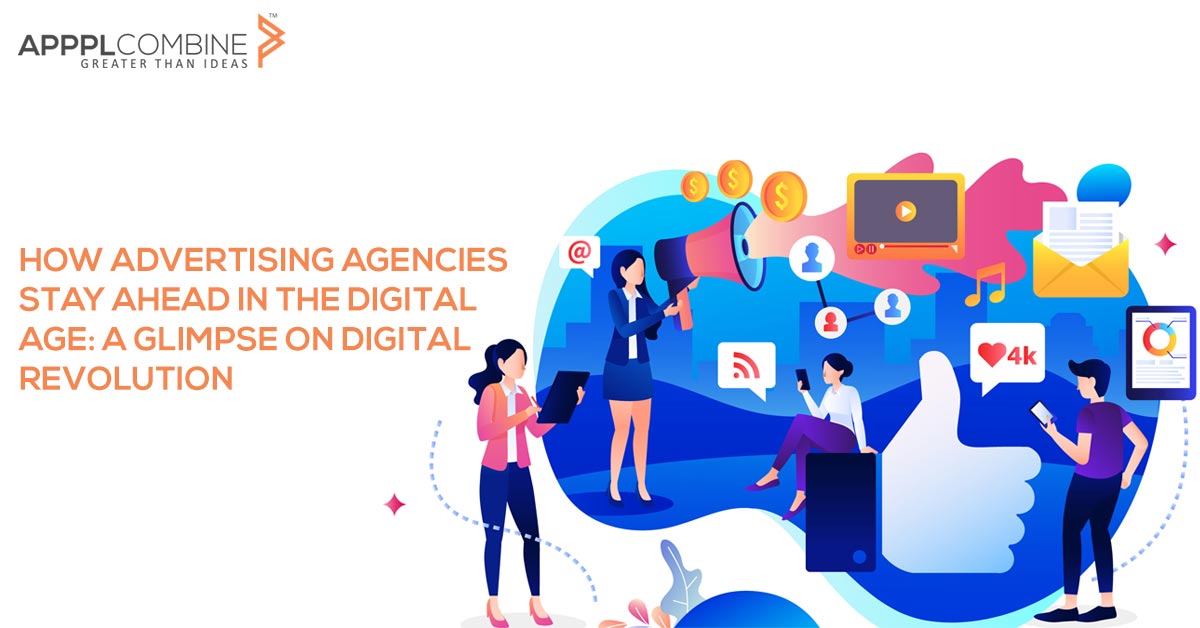
Learn how advertising agencies can stay ahead in the digital age by embracing technology, using data-driven decisions, and adapting to the evolving digital landscape.

Learn how a top digital marketing agency in Delhi can help your brand thrive with expert SEO, PPC, social media, and more.
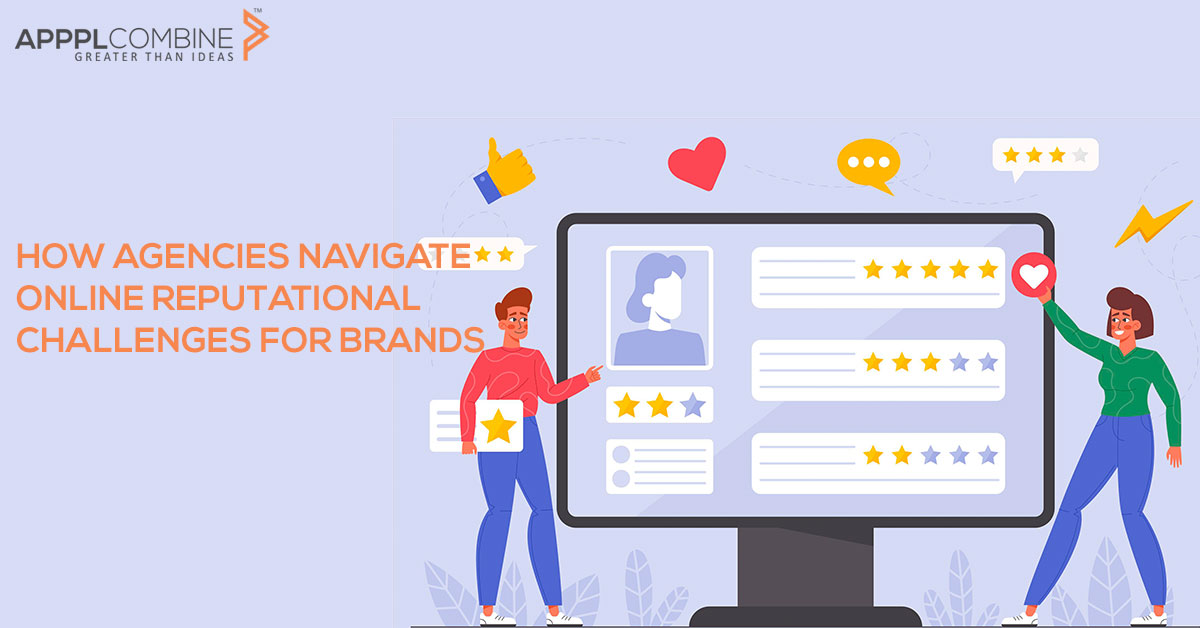
This article delves into the critical role of digital marketing agencies in managing online reputation crises.

Explore how SEO and SEM strategies enhance the online visibility of digital ad agencies, ensuring they stand out in the competitive digital landscape.

Explore how social media is transforming digital ad agencies. Learn about challenges, opportunities, and strategies from a leading digital marketing agency in Delhi, apppl combine.

Discover strategies to leverage emotional branding and form authentic connections with your target audience. Learn how to identify emotional appeal, create genuine bonds, utilize storytelling.

Impact of digital disruption on India's ad industry and strategies for navigating change.

In this blog you will find out how client-agency collaboration drives impactful advertising campaigns by leveraging key factors like communication, trust, and adaptability for marketing success.

Explore how influencer marketing can drive brand growth, shape consumer behavior, and create authentic content. Learn strategies for choosing the right influencers and measuring campaign success.

Discover the differences between rebranding and brand refresh, and learn how to choose the right strategy to update your brand's image effectively.

Discover how brand extension strategies can help your business unlock new market opportunities and expand your reach.

Discover key brand positioning strategies to help your brand stand out from the competition and attract more customers.

Explore effective strategies for rebuilding brand reputation and restoring trust after facing a crisis.

Explore the intricacies of influencer marketing, its evolution, and the pivotal role of authenticity.

Discover how User-Generated Content (UGC) can revolutionize your marketing strategy.

Explore the importance of trust and brand consistency in creating a strong connection with your audience.
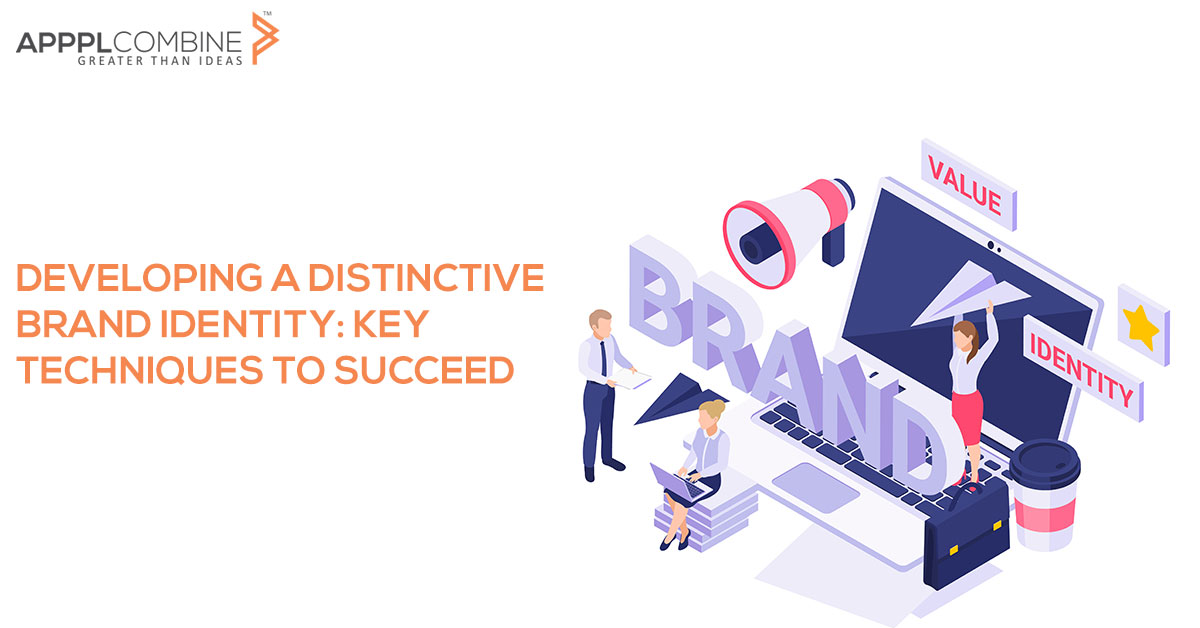
Explore key techniques and strategies to develop a distinctive brand identity that resonates with your target audience and sets you apart from competitors.

Brand guidelines play a crucial role in branding by providing a comprehensive framework for consistent branding across all platforms and touchpoints.

Explore effective strategies to leverage social media for brand success. Find out how to identify the right platforms, create engaging content,utilize influencer partnerships, and measure your success
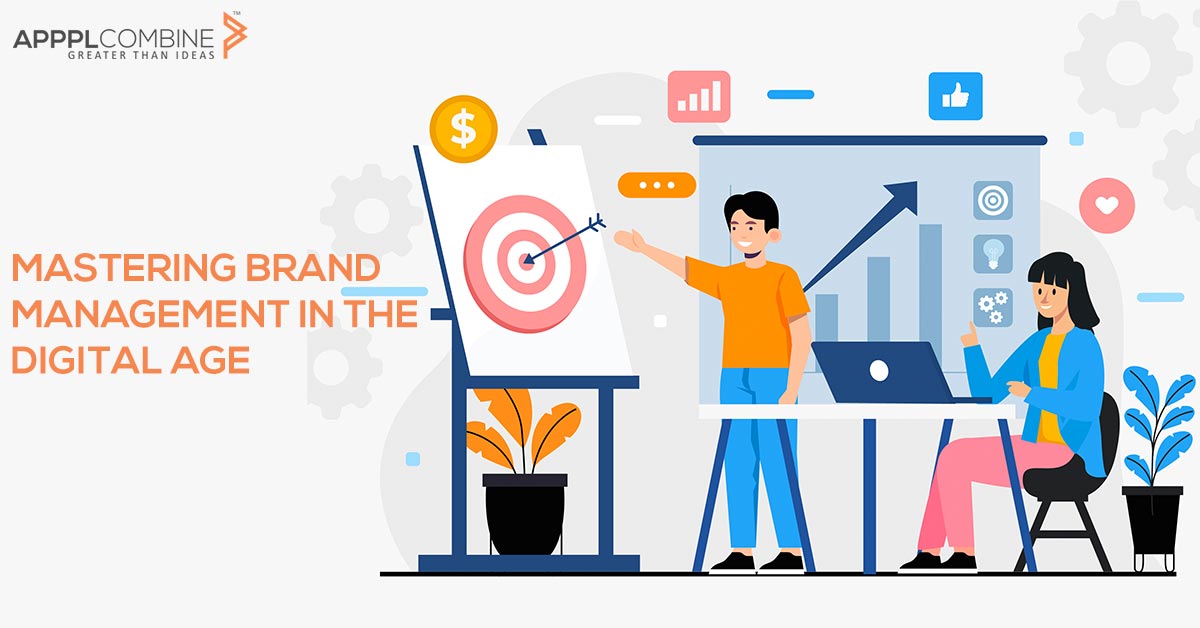
Explore the latest trends and strategies for successful brand management in the digital age.

Discover how a marketing agency in Delhi can help businesses unlock growth, expand their reach, and connect with their target audience effectively.
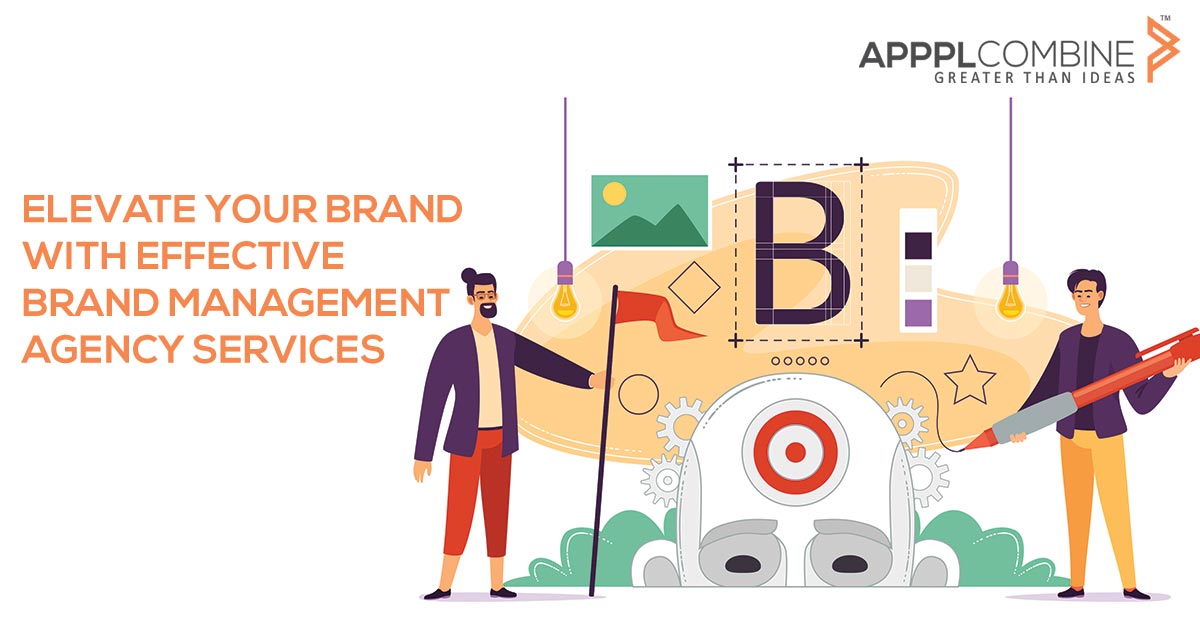
Elevate your brand with effective brand management agency services. Learn about the role of brand management agencies, the services they offer, and the benefits of hiring them.
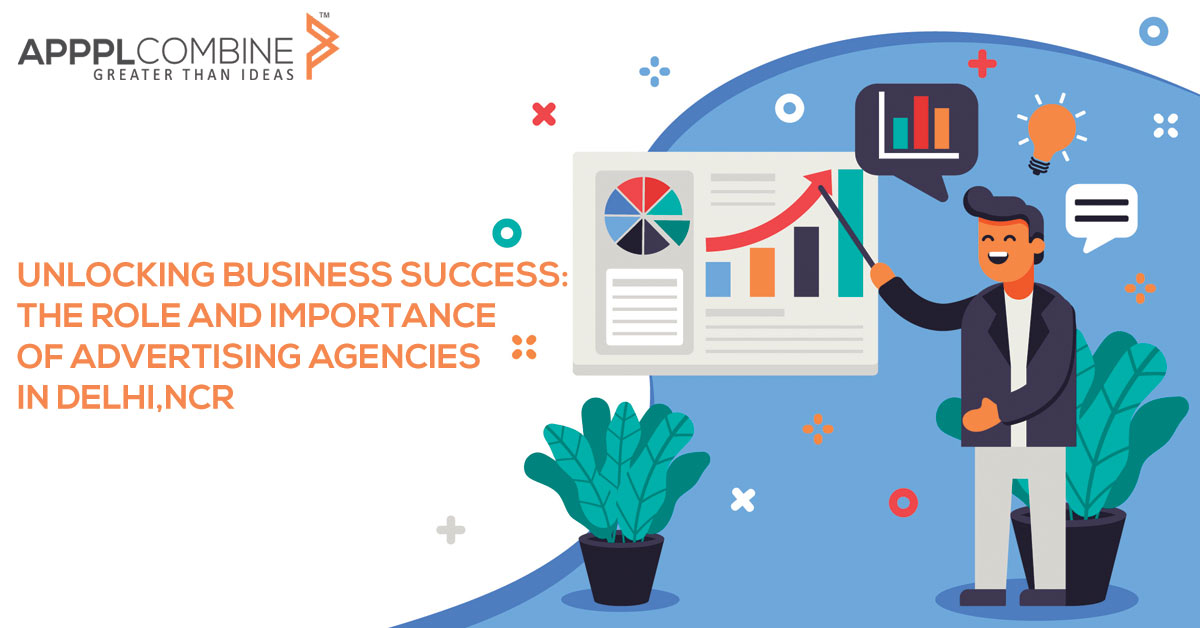
Unlocking Business Success: Discover the pivotal role and importance of advertising agencies in Delhi NCR.

Discover the pivotal role advertising agencies play in shaping brand success in Delhi's bustling commercial scene.

Unveiling the power of Delhi's ad agencies: From crafting brand stories to navigating the digital landscape, discover how these agencies fuel business growth and shape consumer engagement.

Uncover how Delhi's ad agencies are shaping brand success stories. Explore their expertise in crafting targeted campaigns that resonate with consumers and propel businesses to new heights
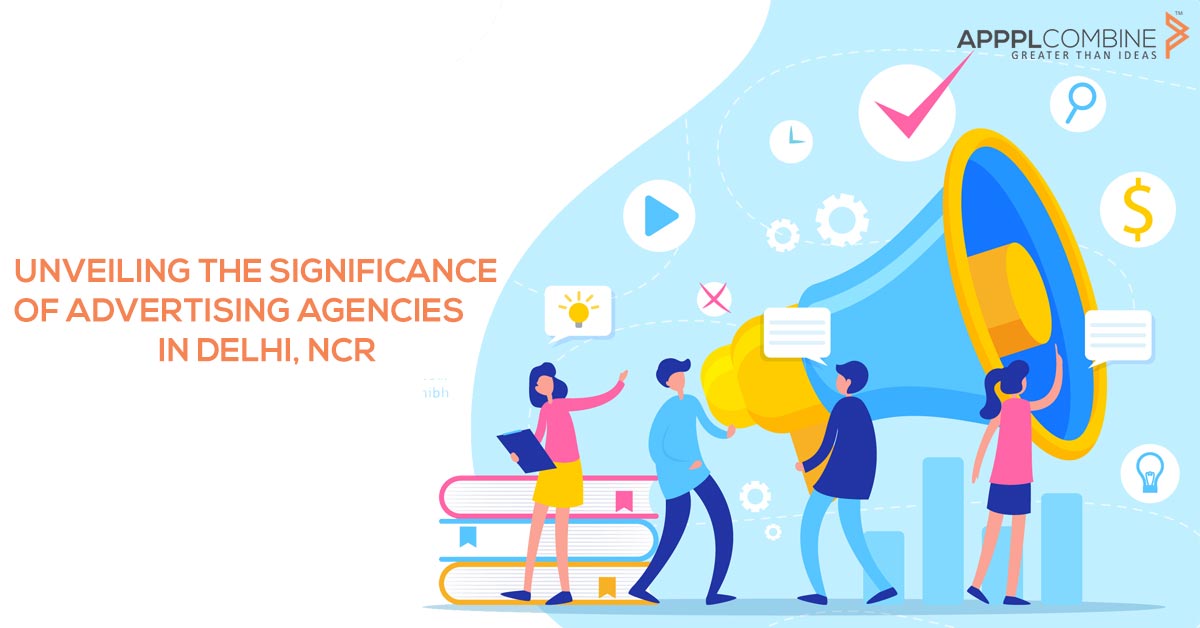
Uncover the crucial role advertising agencies play in shaping brand communication and driving success in Delhi NCR.
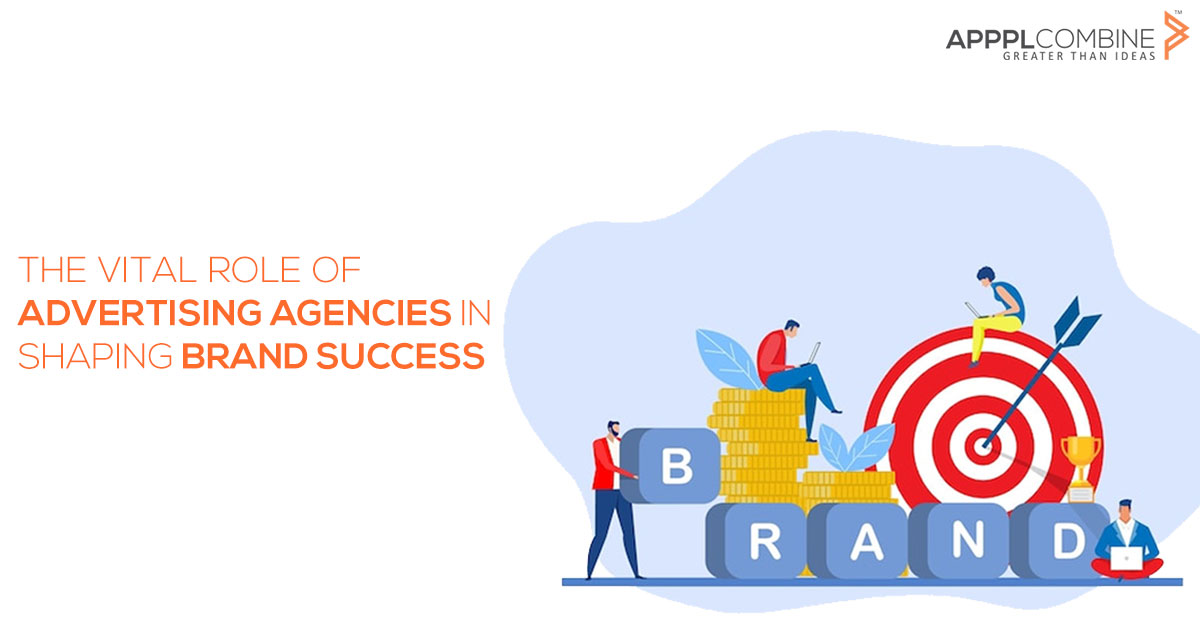
Advertising agencies serve as the creative backbone and strategic architects behind brand promotions.
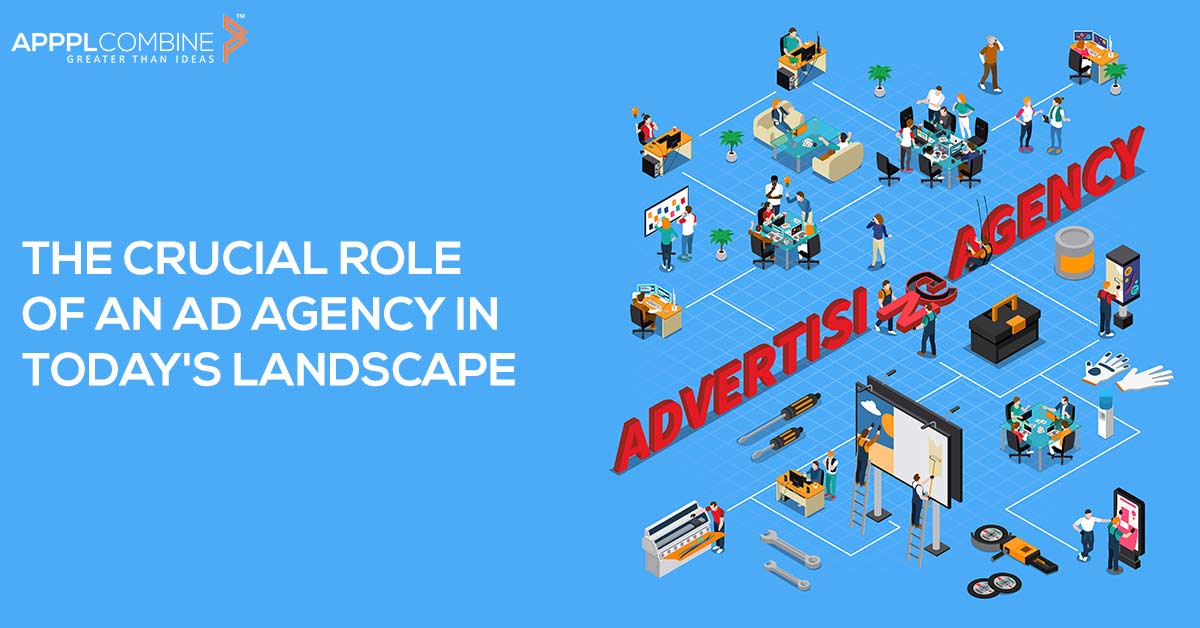
Explore the indispensable role of advertising agencies in today's fast-paced business world
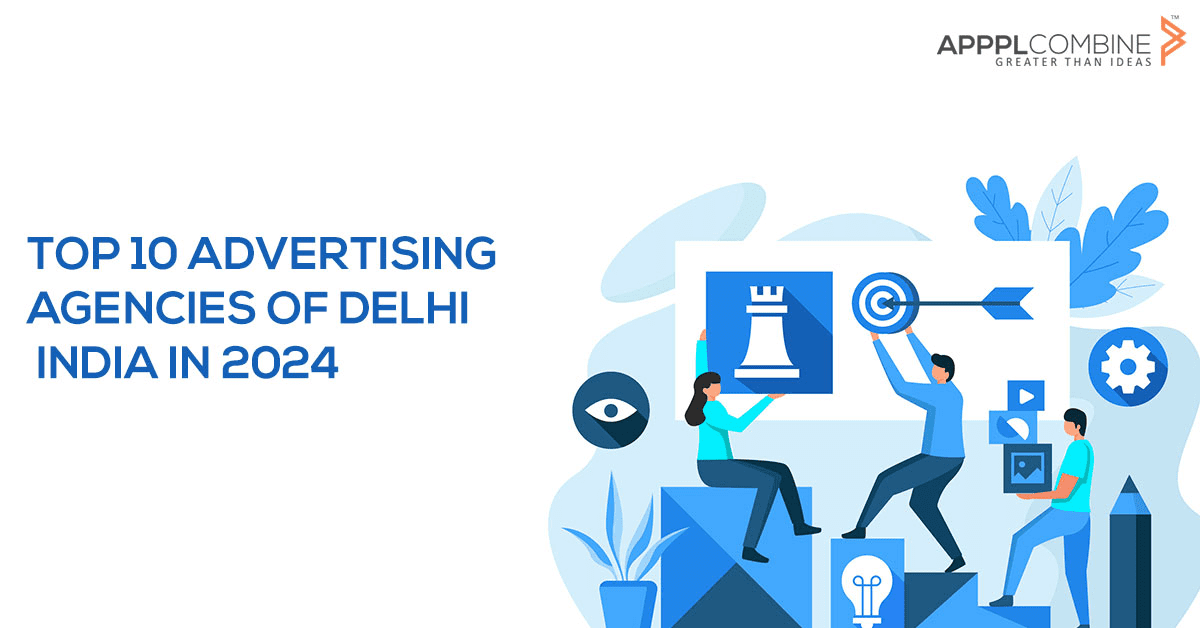
Explore the top 10 advertising agencies in Delhi NCR for 2024, where creativity and innovation converge.
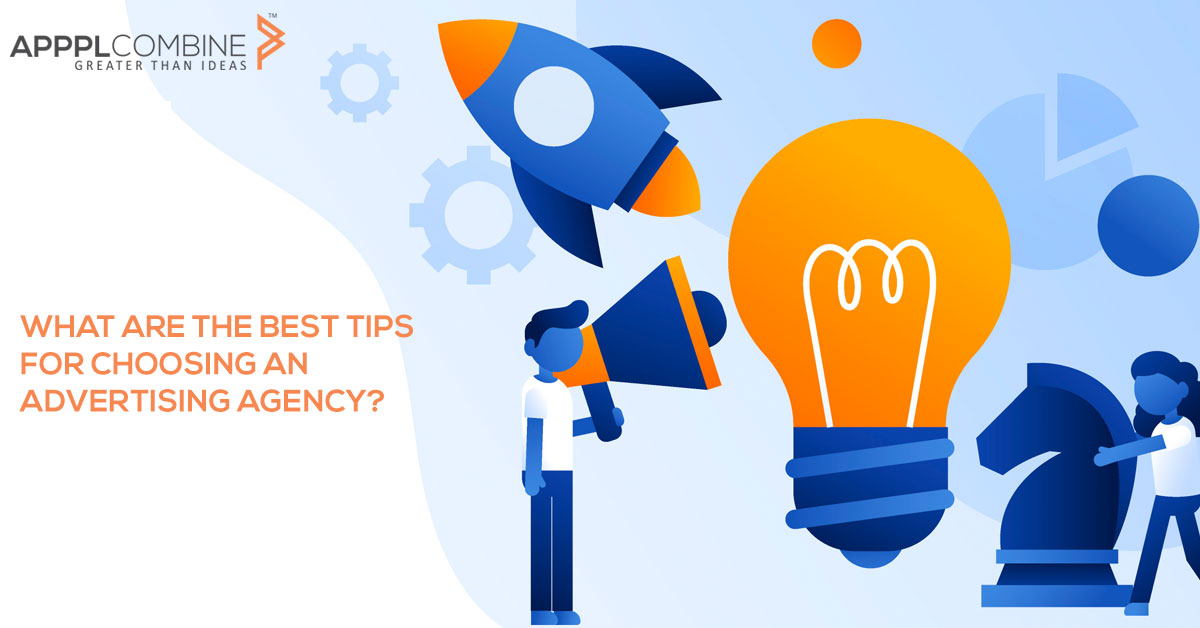
Choosing the right advertising agency is a pivotal decision for any business aiming to enhance its brand visibility, reach a target audience, and achieve marketing goals.

Discover the strategic prowess of advertising agencies in Delhi, serving as partners for businesses seeking effective brand communication.
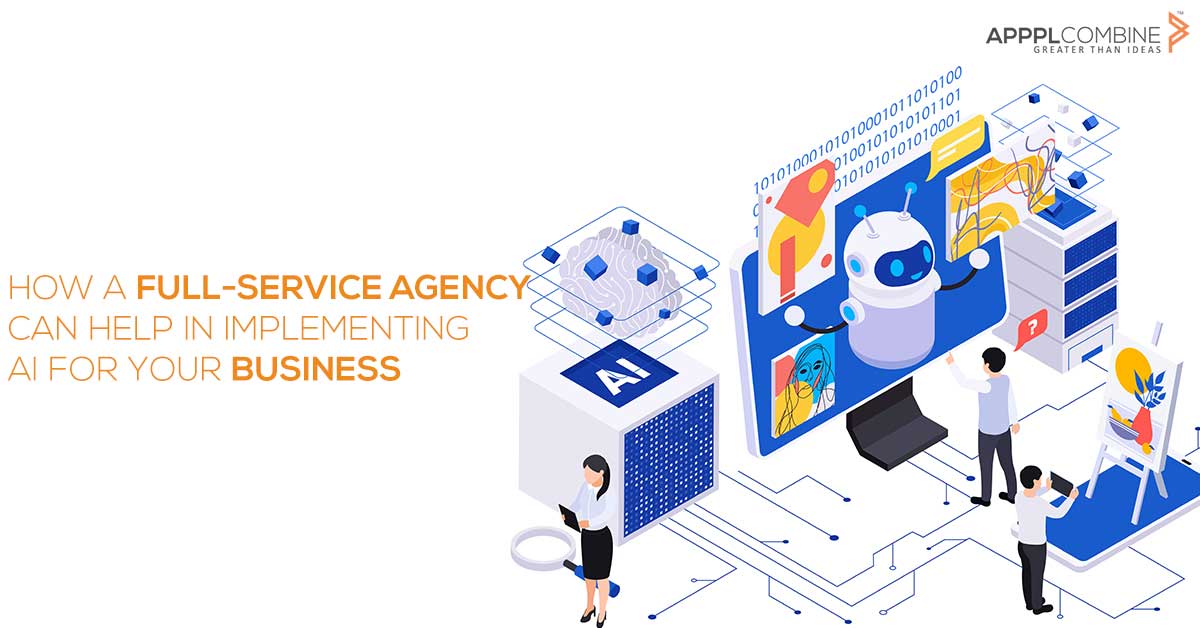
how full-service advertising agencies in Delhi NCR play a crucial role in seamlessly integrating Artificial Intelligence (AI) for business growth and competitiveness.

Discover how a creative agency in Delhi can inject innovation, craft captivating narratives, and build a brand that thrives.

Explore the key secrets to creating a successful marketing campaign, from setting clear goals to data-driven optimization.

Explore the evolving role of technology in brand marketing. Discover how technology has transformed customer-centric approaches, personalization, communication, and teamwork in the digital age.
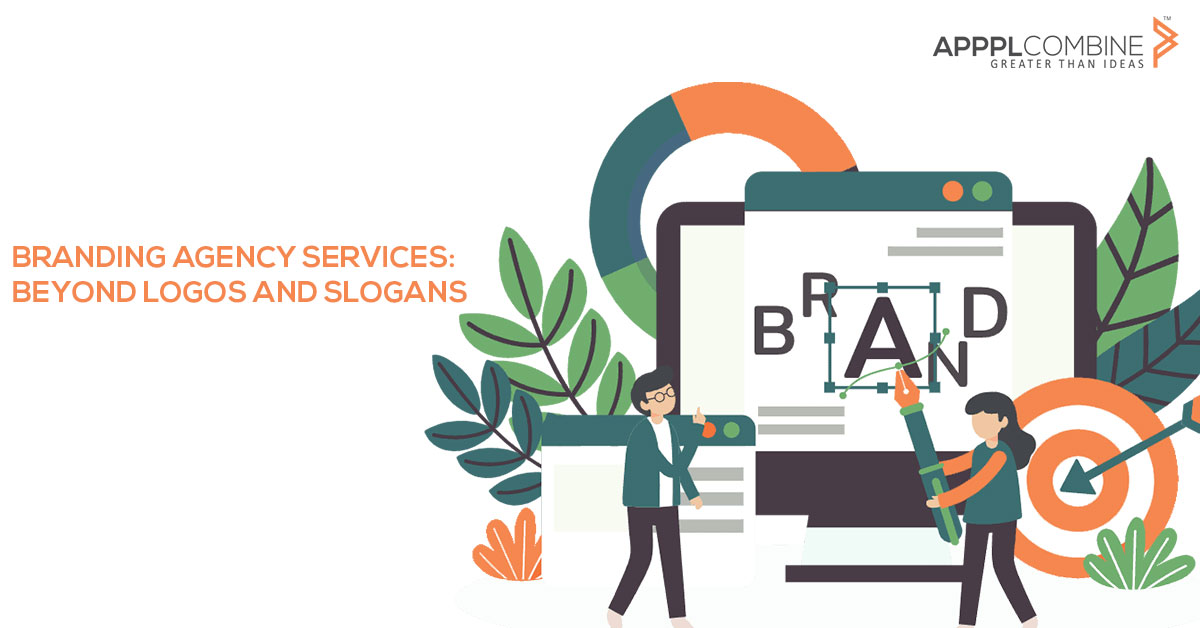
Explore the multifaceted world of branding agency services and the role of Apppl Combine, a leading branding agency in Delhi. Learn how a professional branding agency defines brand strategy.
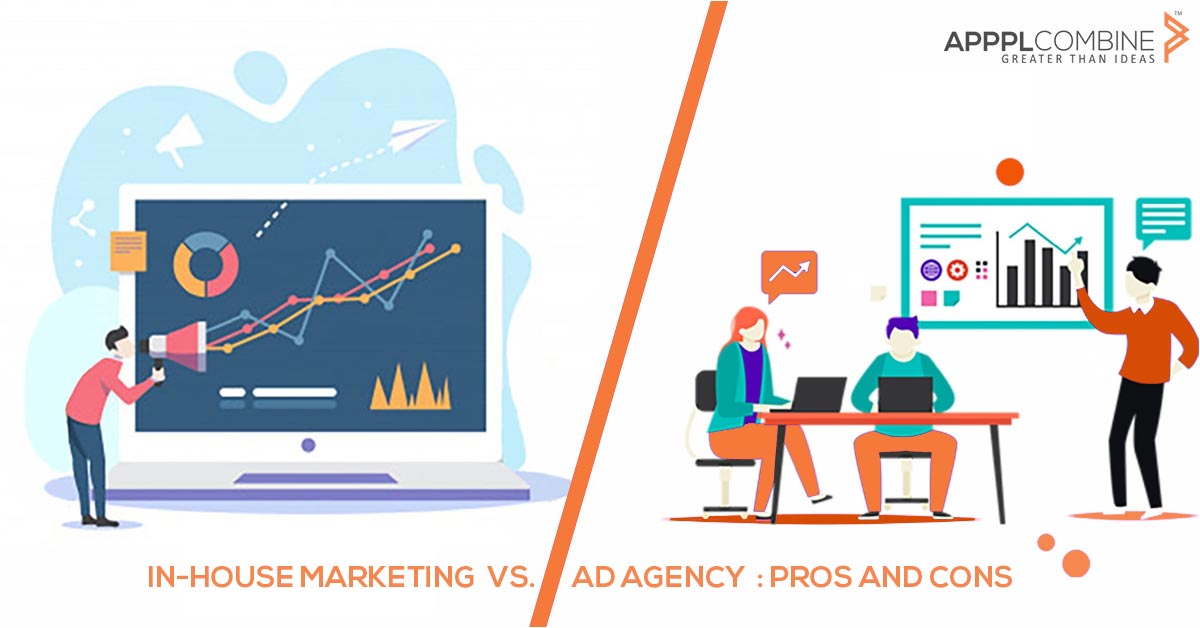
Explore the pros and cons of in-house marketing vs. advertising agencies to make an informed business choice.
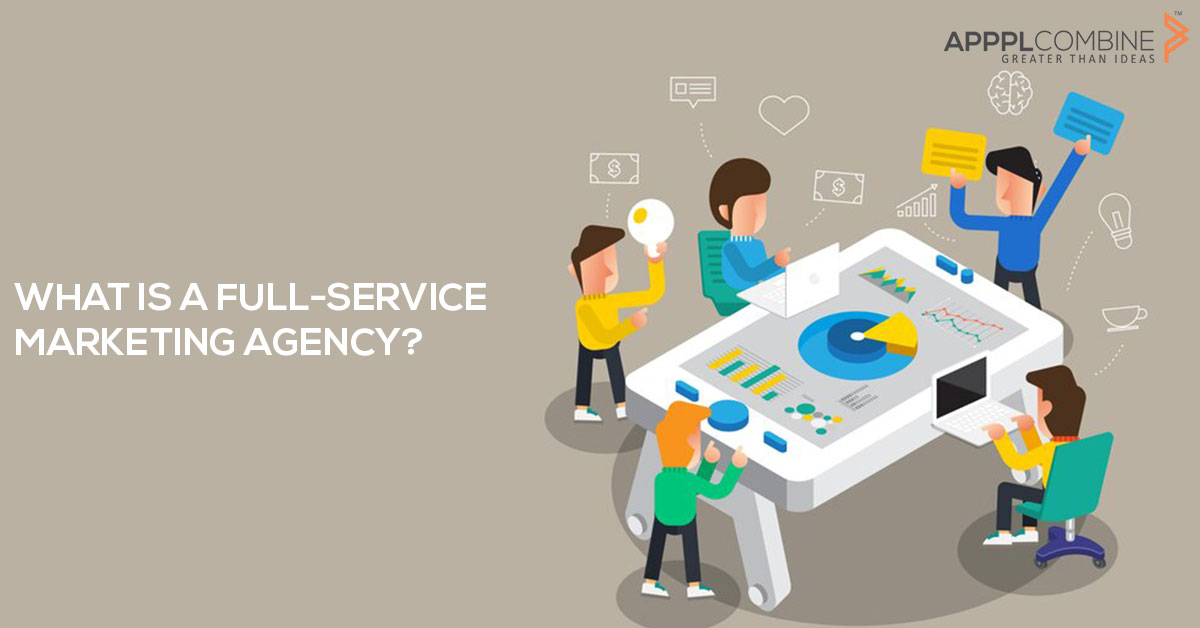
Discover the comprehensive services provided by full-service advertising agencies, their benefits, and how to choose the right agency for your business needs.
Explore the role of creative agencies in branding, their services, and the benefits they bring to businesses. Learn how a creative agency can enhance your brand's visibility, create a unique identity.

Explore the transformative role of creative advertising agencies in Delhi, shaping brand landscapes, driving innovation, and inspiring change.
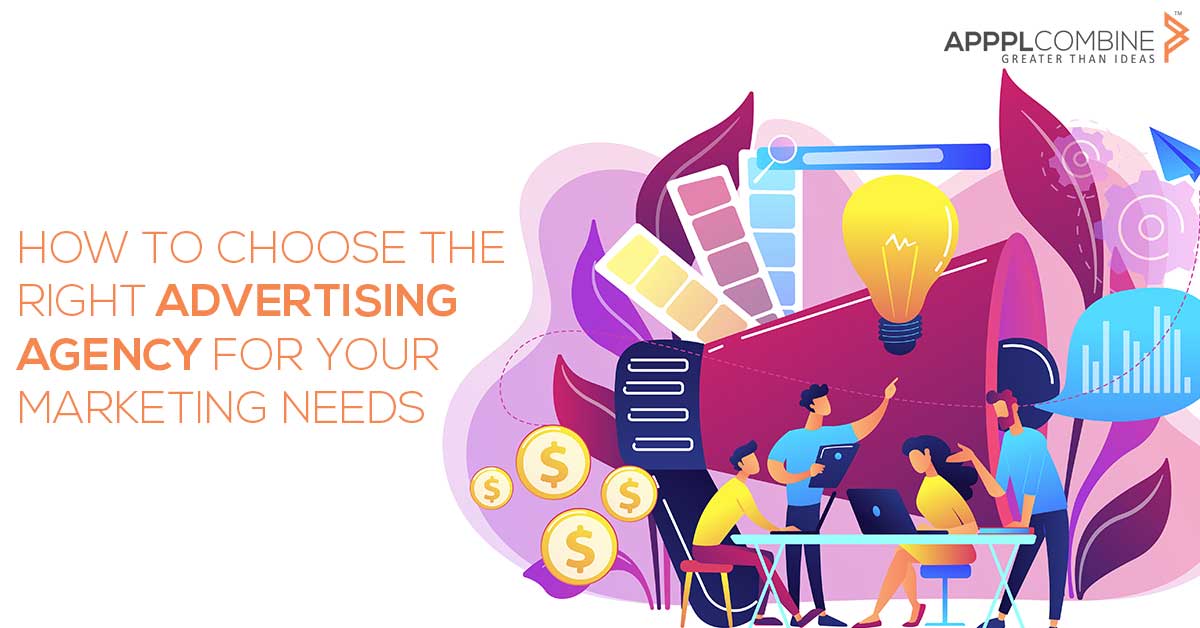
Selecting the ideal advertising agency will give you the confidence to confidently navigate New Delhi's dynamic business scene.

In the bustling streets and vibrant markets of Delhi lies a network of creative advertising agencies that serve as the architects of brand narratives.
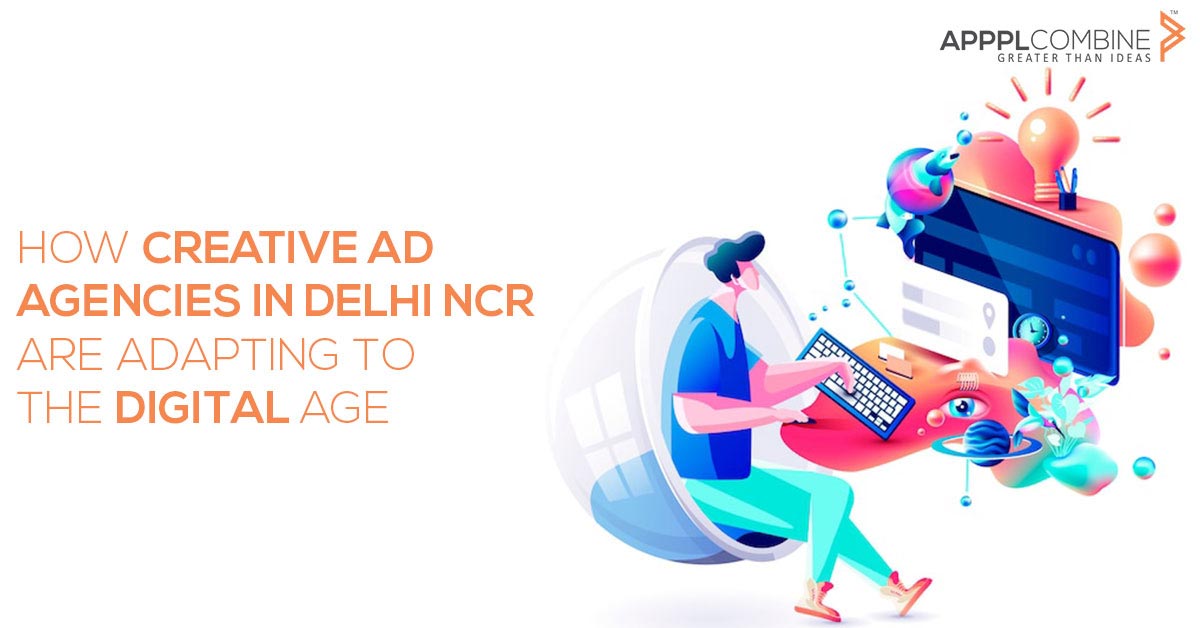
Discover how creative advertising agencies in Delhi NCR lead the digital transformation, leveraging online platforms, data analytics, and immersive experiences for impactful brand storytelling.

Explore the world of creative advertising agencies in Delhi NCR and discover the delicate balance between art and strategy.
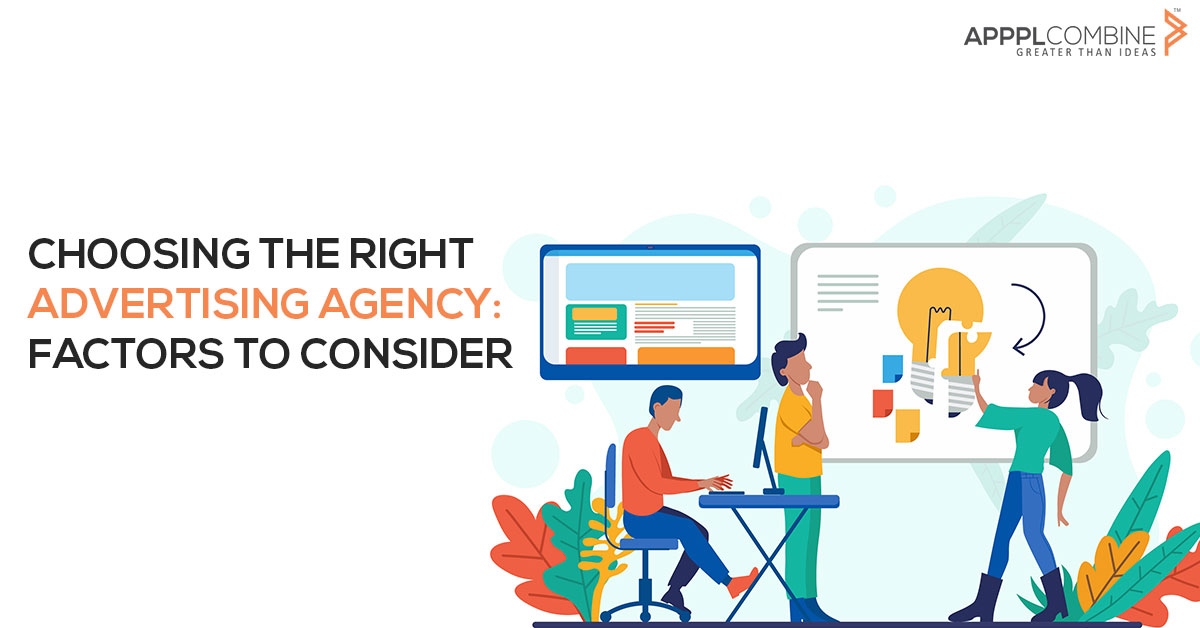
Factors to consider when choosing the right advertising agency for your business. Apppl Combine offers a proven track record, comprehensive services, and a client-centric approach for effective market

Top 10 Advertising Agencies in Delhi. Find the best advertising firms in Delhi, India, with expertise in ad campaigns, brand management, and more.
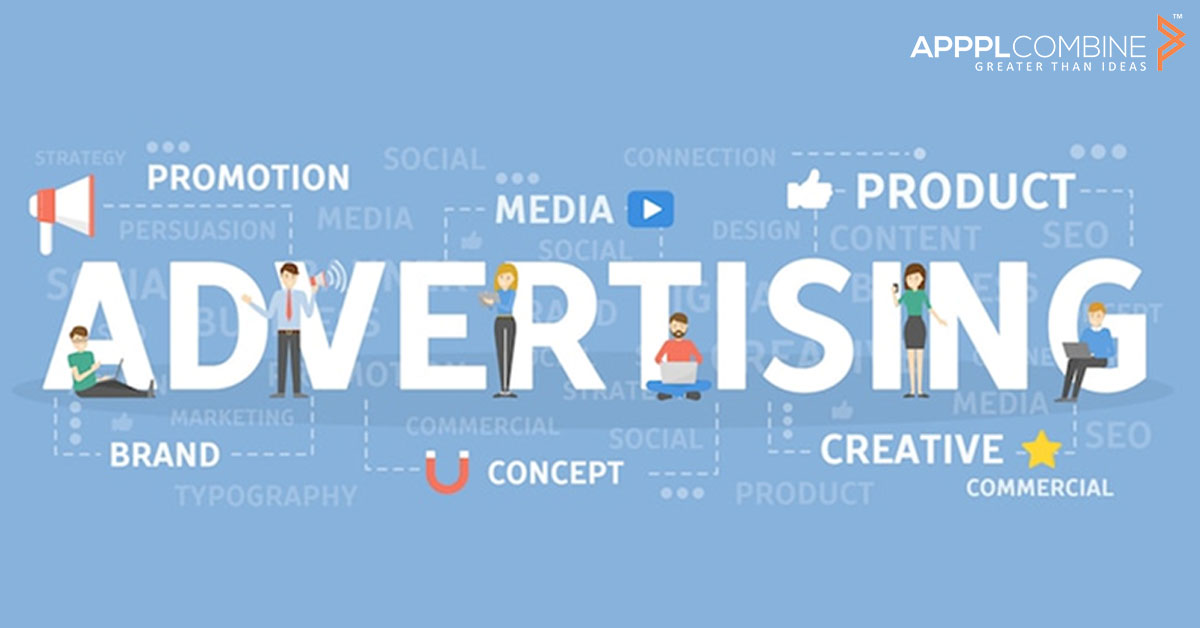
Advertising plays a crucial role in shaping consumer behavior and promoting products and services. However, the ethical implications of advertising have long been a topic of debate.

An effective online presence in the digital age requires a website that useful as well as attractive. Selecting the ideal agency is essential for successful web design and development projects.

Content marketing has emerged as a powerful strategy for businesses to connect with their target audience, build brand awareness, and drive meaningful results.
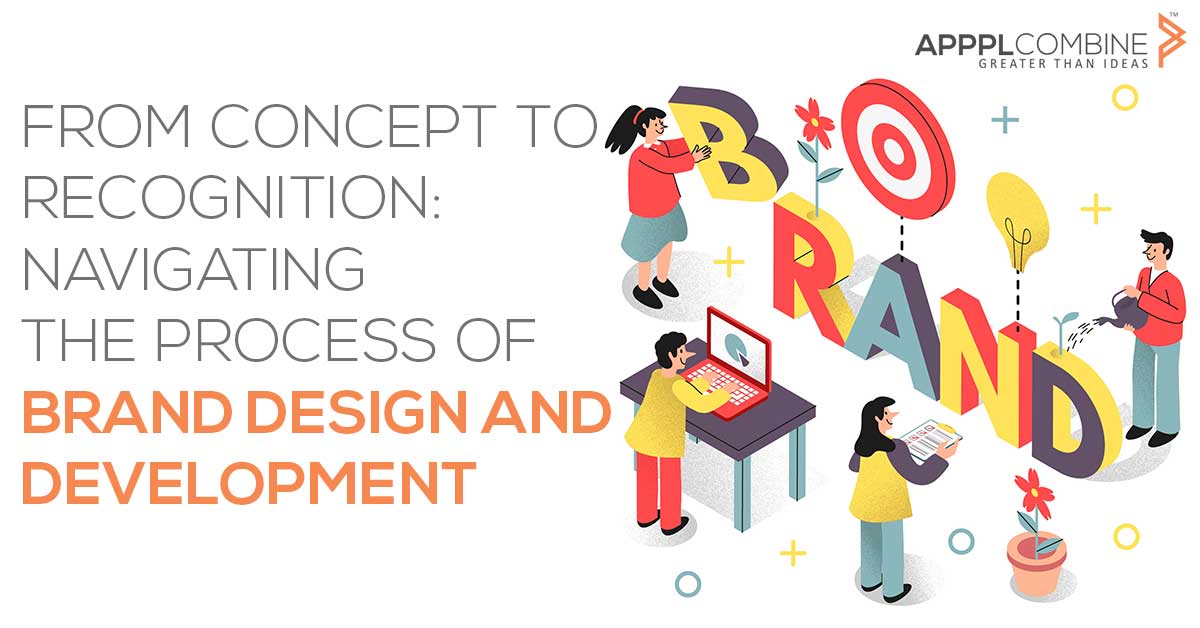
Learn about the process of brand design and development, from defining your brand strategy to establishing a brand voice and monitoring your brand's performance.

Learn effective retargeting strategies to bring back lost customers and boost your online marketing efforts. Explore how segmentation, dynamic retargeting, etc.

Learn how to create a cohesive branding strategy for your company to establish a strong brand identity and connect with your target audience.

In today's competitive marketplace, traditional advertising alone is no longer sufficient to engage and capture the attention of consumers.
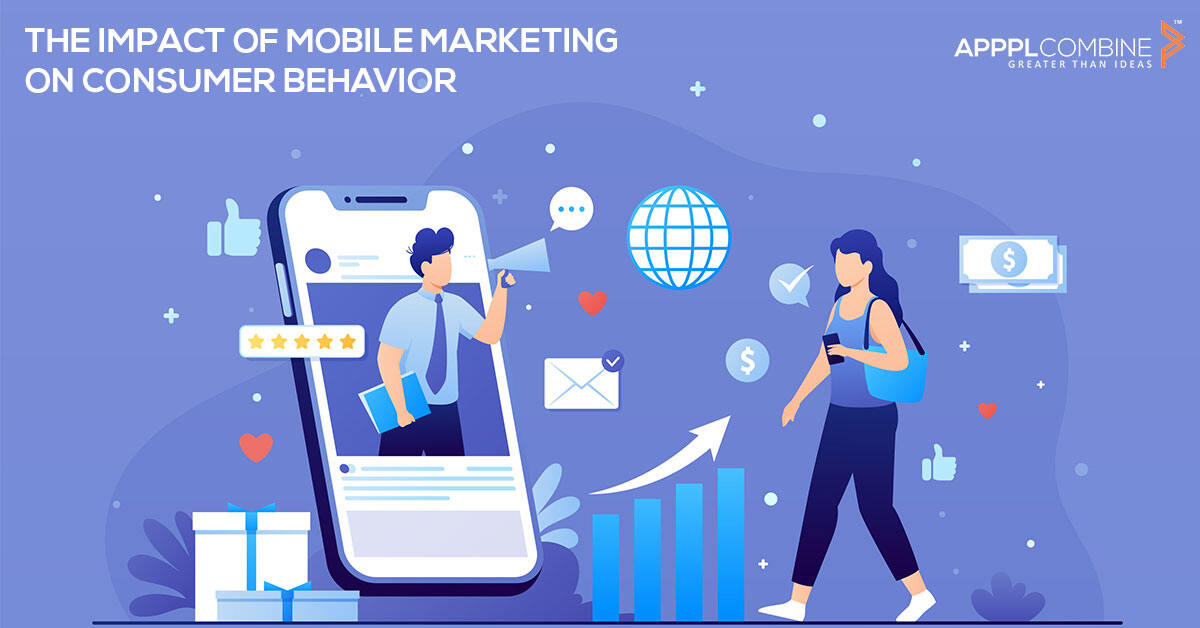
Examining the impact of mobile marketing on consumer behavior, exploring its influence on consumer decision-making, brand loyalty, and overall customer experience
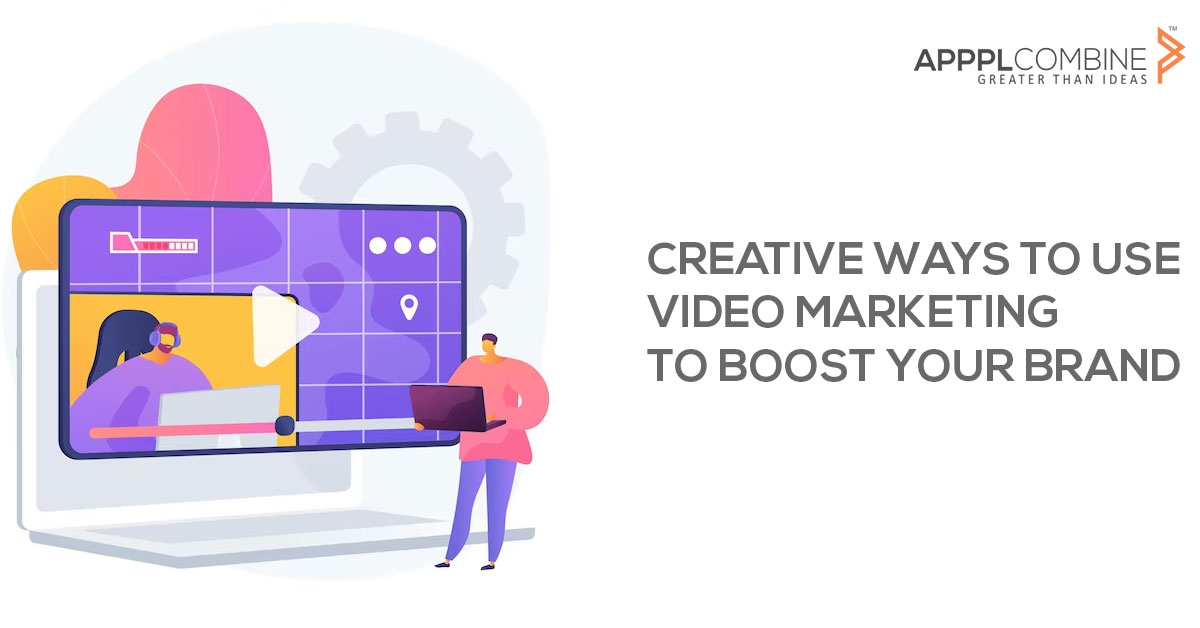
Video marketing has become an essential tool for businesses to increase brand awareness, engage with customers, and drive sales.
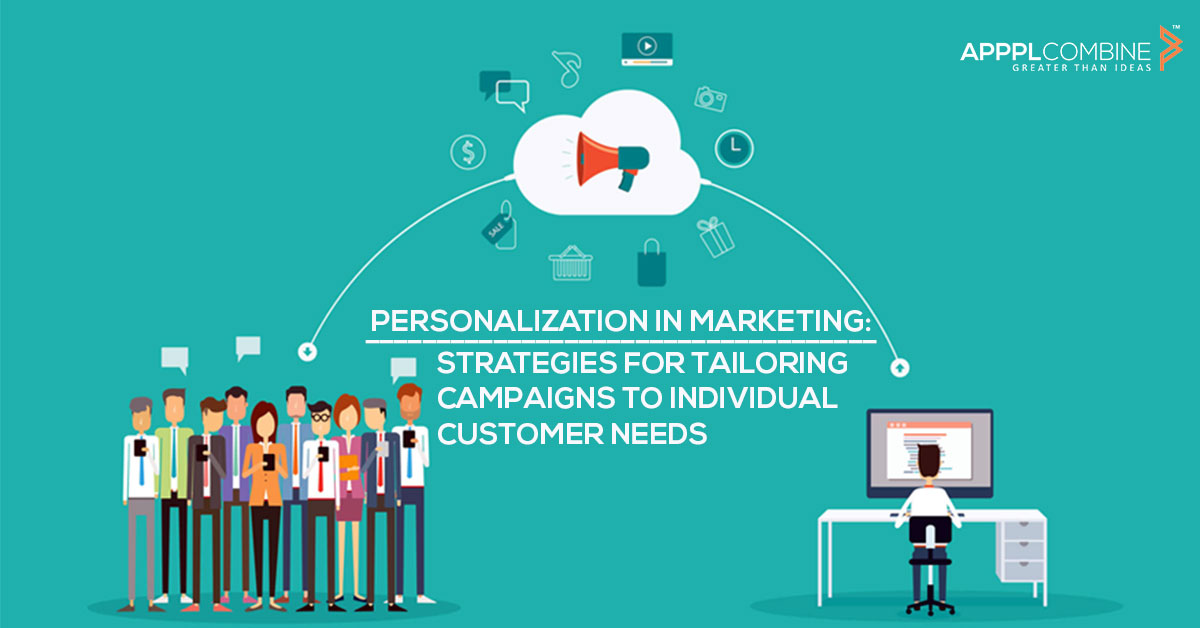
Personalization in marketing is the practice of tailoring marketing campaigns to the individual needs and preferences of customers.

A strong content strategy is essential for any digital marketing campaign. A content strategy outlines what content will be created, who the target audience is, how it will be distributed,

In the ever-evolving landscape of digital marketing, businesses have a wide array of options when it comes to advertising their products or services.

Multichannel marketing is a strategy that uses multiple platforms and channels to communicate with customers, increase engagement, and drive sales.
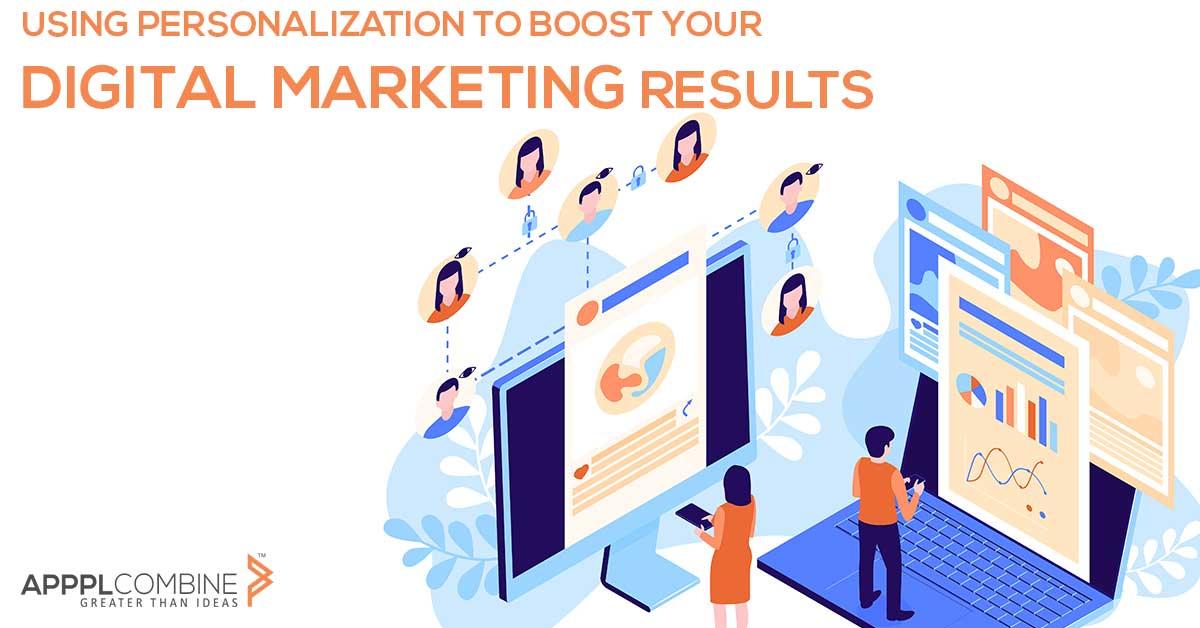
Personalization is the process by which you tailor your digital marketing efforts to the needs and wants of your target audience.
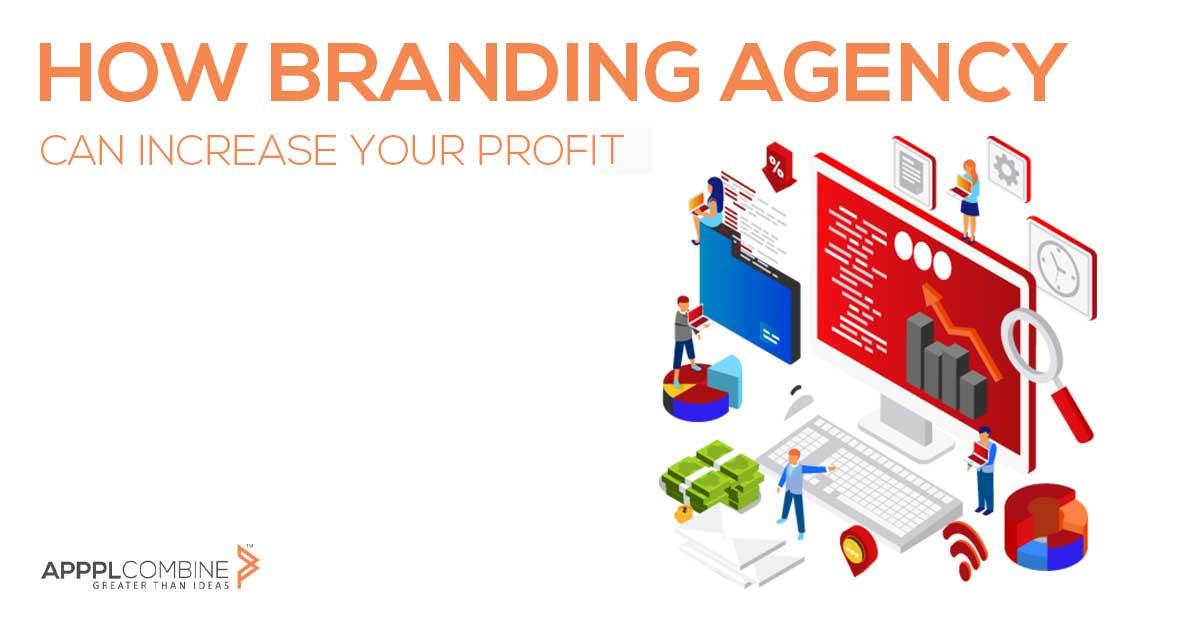
A branding agency help businesses figure out who they are and how they want to present themselves to their customers.

A boutique agency is a relatively small company that focuses on providing a high-end service to its customers.

A creative agency is a term used to describe a company that provides a variety of marketing and advertising services. Basically, they can assist you with any form of creative plan, task, or promotion.
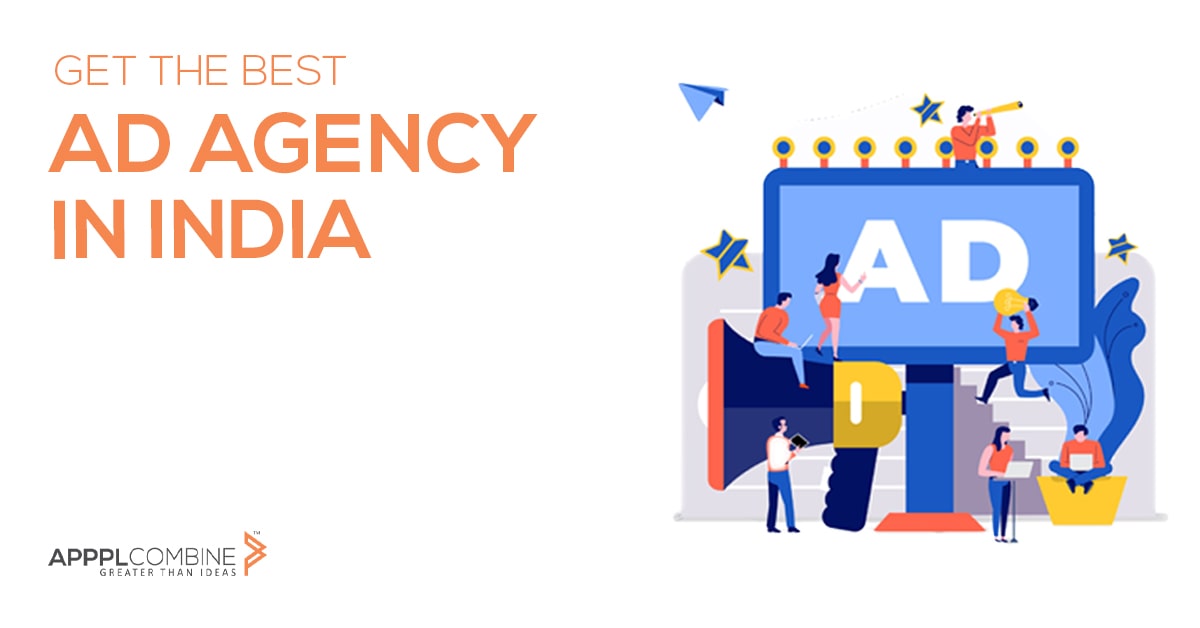
Advertising agencies are service providers that help their clients to initiate, create and strategize marketing and communication measures. An advertising agency can either support its customers in al
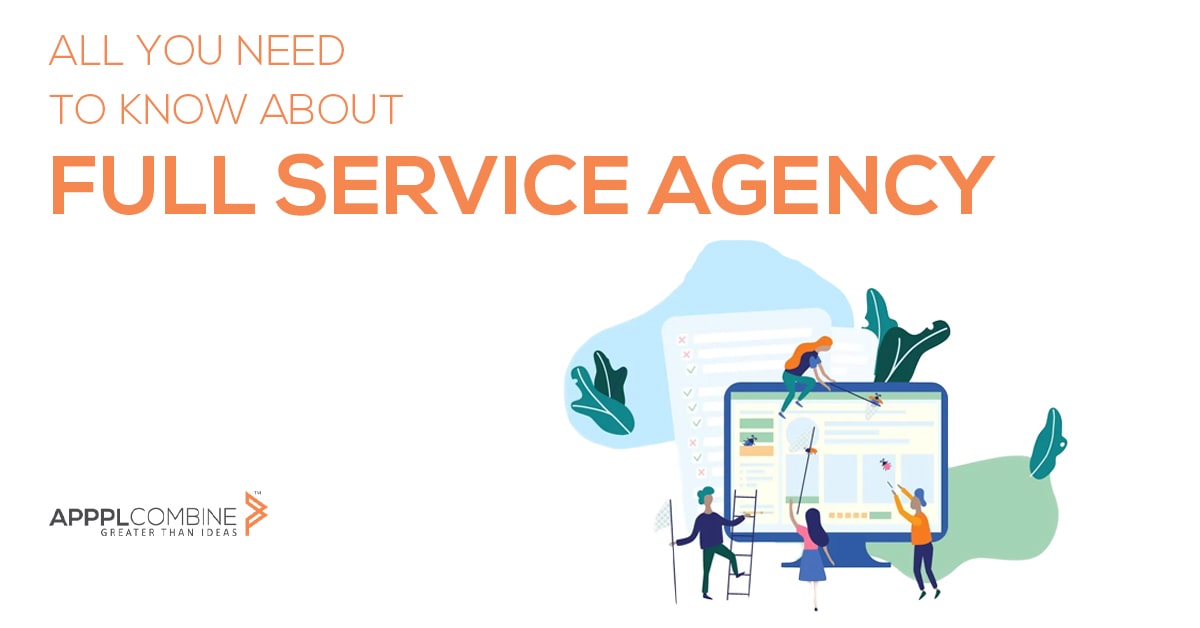
A full-service agency is a company that provide the services of a creative team, digital marketing team, and PR team all under one roof.

A brand is more than just a logo; it represents your company, your mission, and serves as the focal point for all aspects of your marketing.

Visual identity is one of the most crucial elements of a business’s branding efforts. It’s what gets people to notice you and learn more about your company, and it’s what helps them remember your bran

To guide you through the strategizing phase below are few points that will help one go a long way:

Brand building is really important to give a brand a unique touch and persona and it helps new businesses get a personalized voice, unmatched by competitors.

Brand consistency refers to delivering the brand message in line with the brand identity, values, and strategy over time.